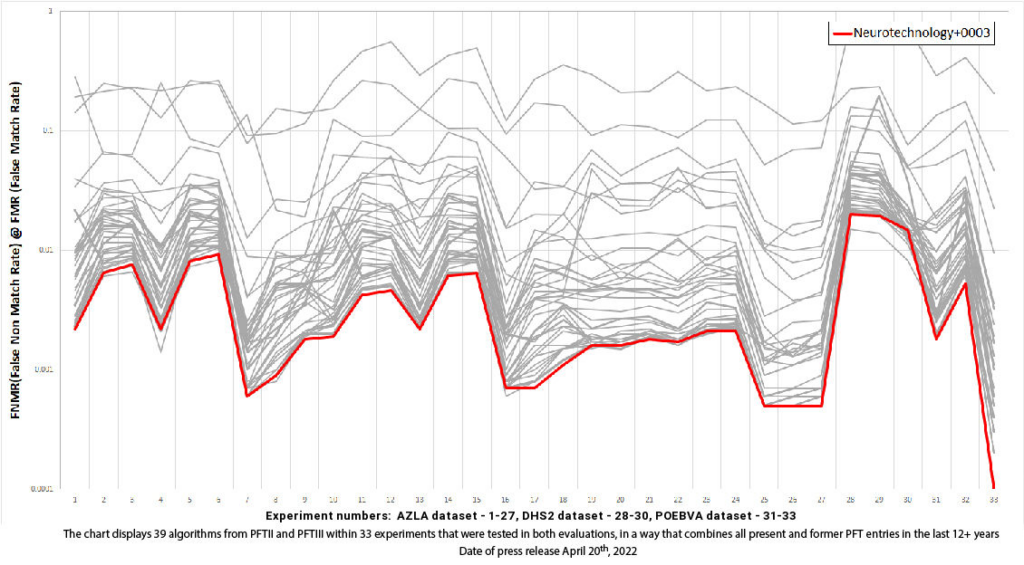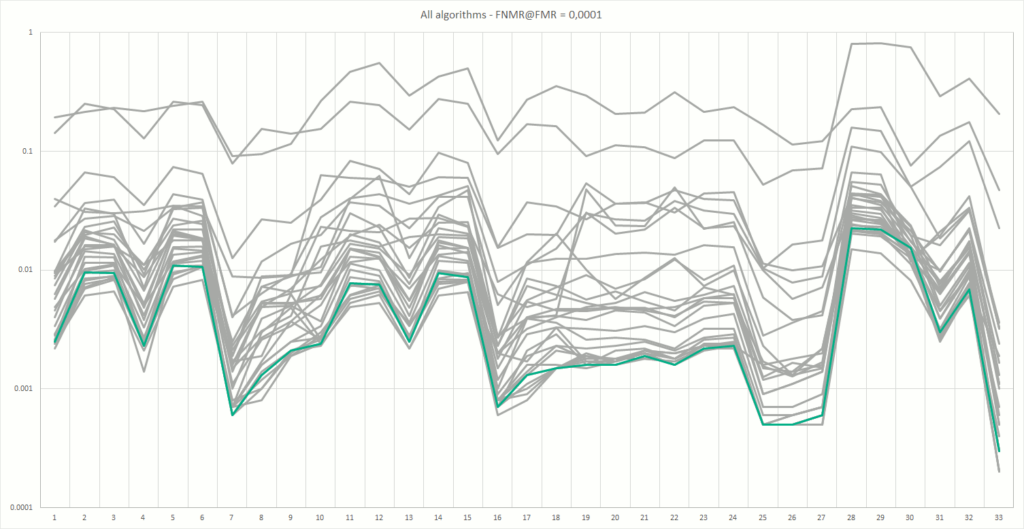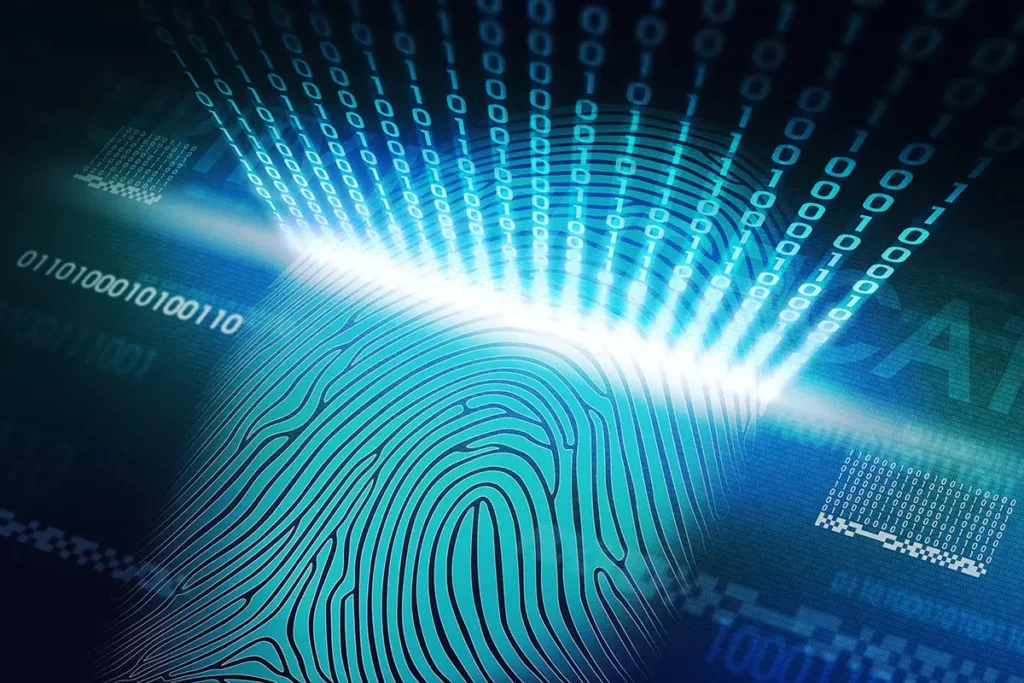Fingerprint recognition is one of the most widely used biometric authentication technology. Fingerprint authentication is present in all the top security devices and even smartphones. However, like any other technology, it is also susceptible to errors. When a fingerprint recognition device fails to maintain accuracy, it becomes more of a problem than a solution.
The National Insitute of Standards and Technology has developed a program that facilitates the evaluation of PFT algorithm (Proprietary Fingerprint template) to measure fingerprint accuracy. In this article, we will understand how reliable fingerprints are as a means of identification, discuss the two common metrics that measure the accuracy of fingerprint technology, and discuss the role of the NIST PFT program in advancing fingerprint recognition technology.

Is Fingerprint a Means of Identification?
Like any other biometric authentication technology, fingerprint recognition is also susceptible to errors. This poses a big question mark on its reliability. The accuracy of fingerprint recognition is highly dependent on a few external factors. The probability of false acceptance is almost zero because most fingerprint devices have live scanning technology. However, the chances of false rejection are equally high. The major factor that leads to false rejection is human error. But overall, fingerprint authentication is a highly reliable means of identification.
Metrics Used to Measure Measure the Accuracy of Fingerprint Recognition Technology
When a sensor reads a fingerprint, it tries to match it with templates stored in the database. If the device fails to match the fingerprint with its database, a false error occurs. There are two metrics to evaluate the accuracy of a fingerprint recognition technology:
- False Acceptance Rate:
As the name suggests, in this error, the machine falsely accepts an unrecognised or unregistered fingerprint and grants access to it. False acceptance is a concerning error because if an unauthorised person is granted access to a physical facility or a device, they may access sensitive information, and the safety of the facility may be at stake.
- False Rejection Rate:
Also known as failed attempts, this error occurs when the device fails to recognise the registered fingerprints and denies access. This error may occur due to dirty fingers, scratches, or broken sensors and is more prevalent in most biometric devices.
The false acceptance rate and false rejection rate are two metrics that measure the accuracy of a fingerprint recognition technology.

Proprietary Fingerprint Template: Measuring the Accuracy of Fingerprint Technology
The National Institute of Standards and Technology’s Proprietary Fingerprint Template (PFT) is a program that evaluates the performance of fingerprint templates and one-to-one verification software using vendor-proprietary fingerprint templates. There are three stages of evaluation: PFT 2003, PFT II, and PFT III. By far, PFT III’s proprietary Fingerprint Template algorithm example looks promising with the most accurate results.
Here is PFT III presented by the participant:
PFT 2003:
This is the original PFT evaluation. It was replaced by PFT in 2010. PFT 2003 was based on a small data set and needed an upgrade.

PFT II:
This method expanded analysis with template extraction times, match times, and template sizes.

PFT III:
PFT III rolled out in 2019 as a replacement for PFT II. The evaluation reports of PFT III are based on PFT II AND PFT 2003 data. However, this evaluation also has its own data set. In this evaluation, rolled and plain optical and ink impressions at resolutions of 500 and 1000 pixels per inch are taken into account, along with non-contact imagery.
The PFT III has the most accurate algorithm, and the results look promising. The participants of this evaluation testify this program will increase the reliability of fingerprint biometrics and lead to advanced technology with 100% accuracy.

Conclusion
The fingerprint is a reliable biometric authentication technology. The two metrics that measure its reliability are the false acceptance and rejection rates, which are highly trusted methods of checking accuracy. Moreover, with reputable institutions like NIST at the forefront, the future of biometrics looks promising.

